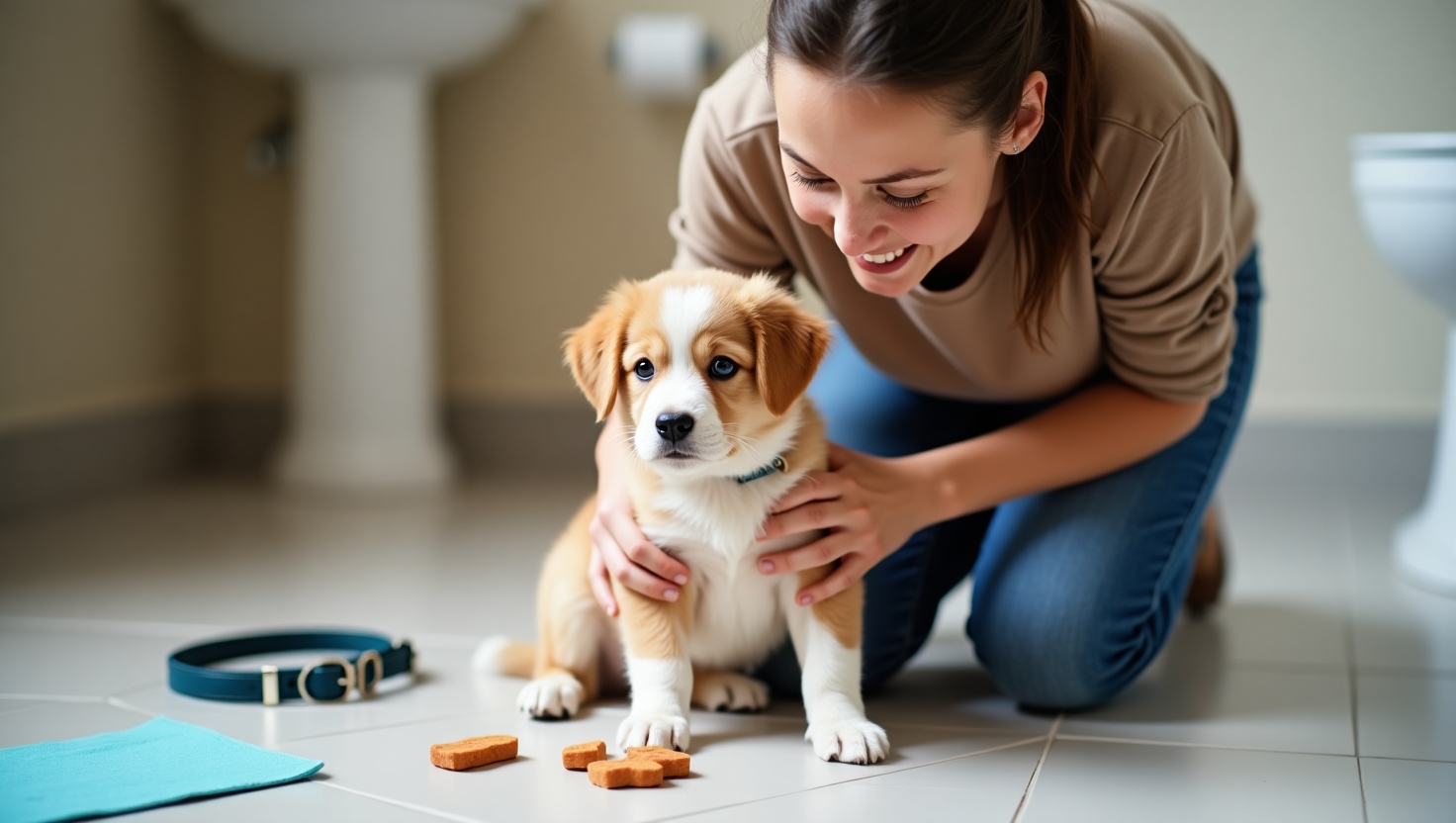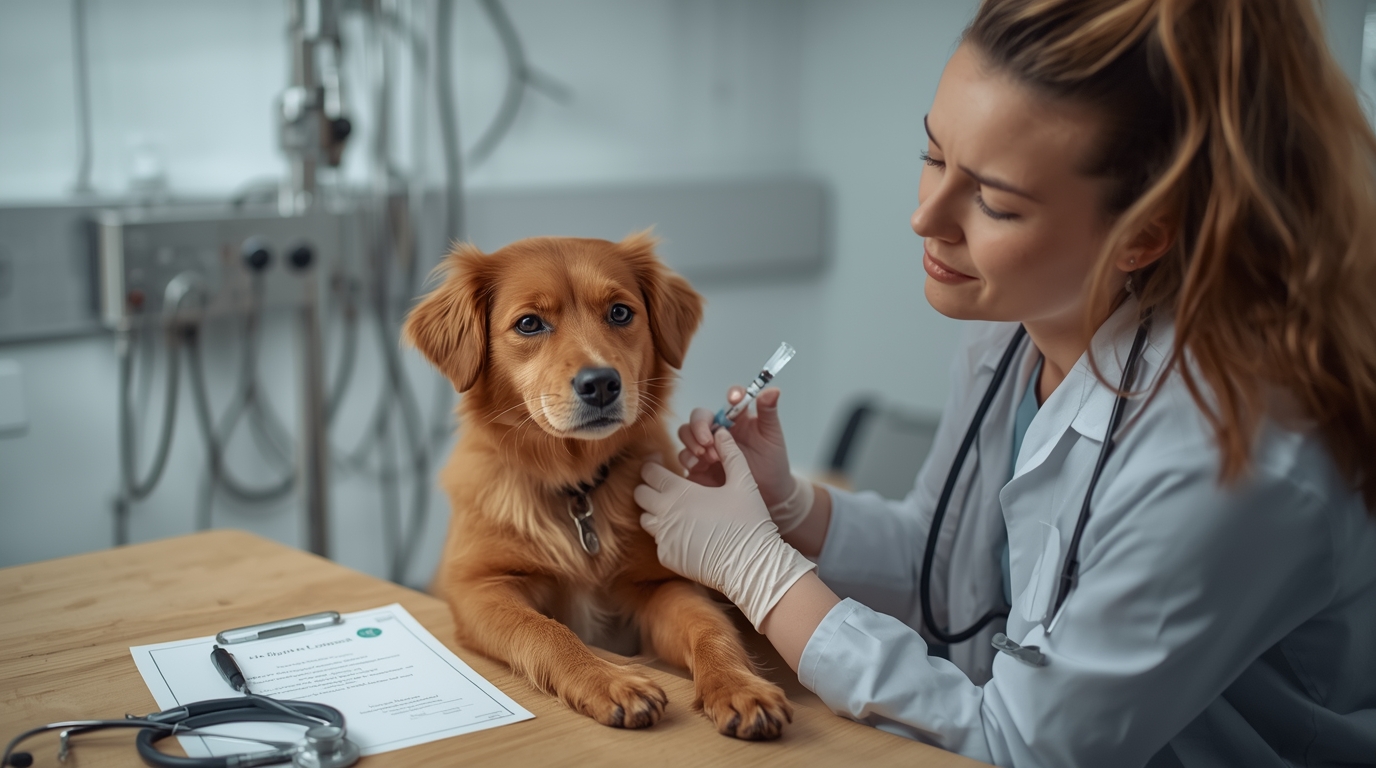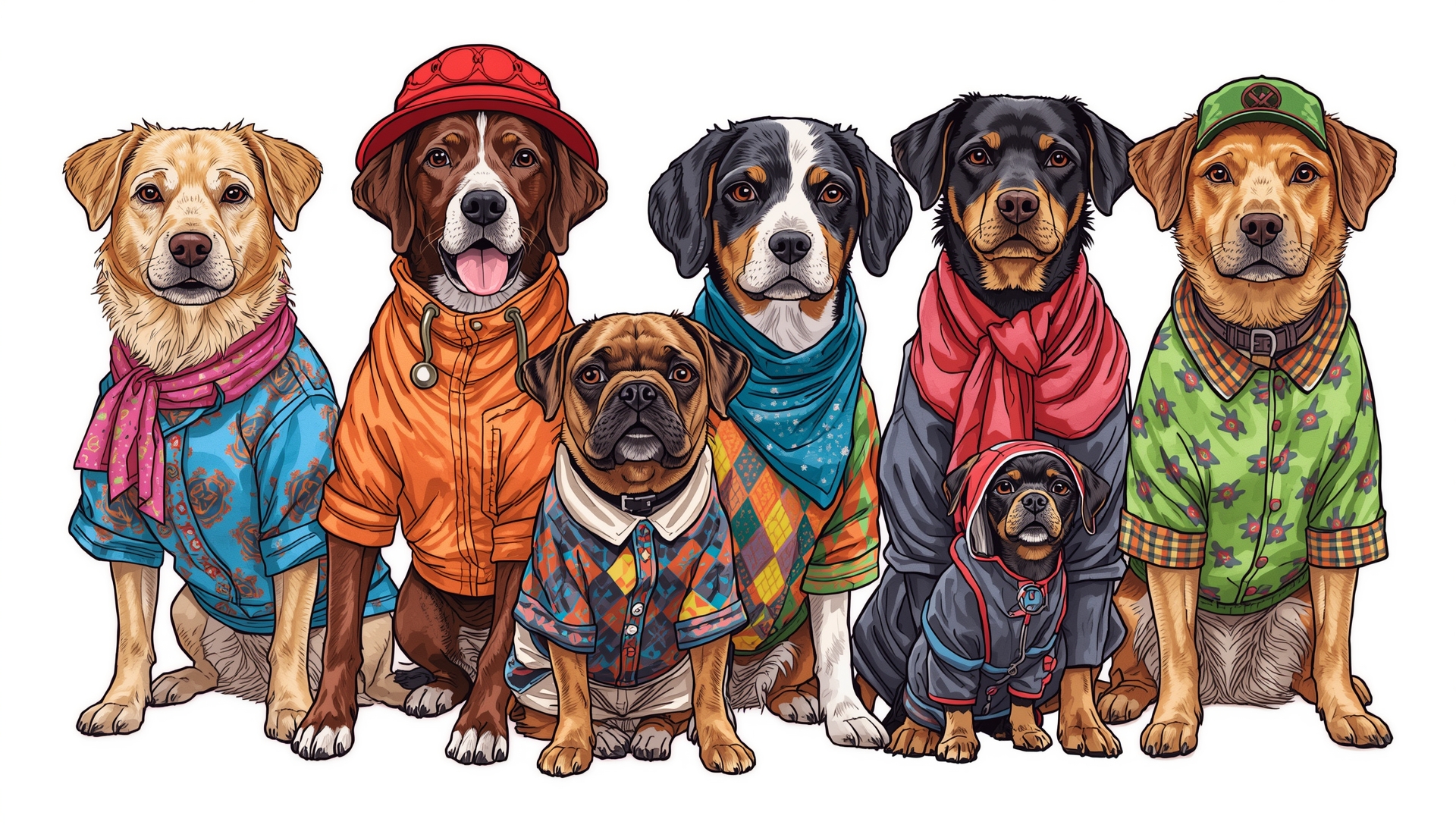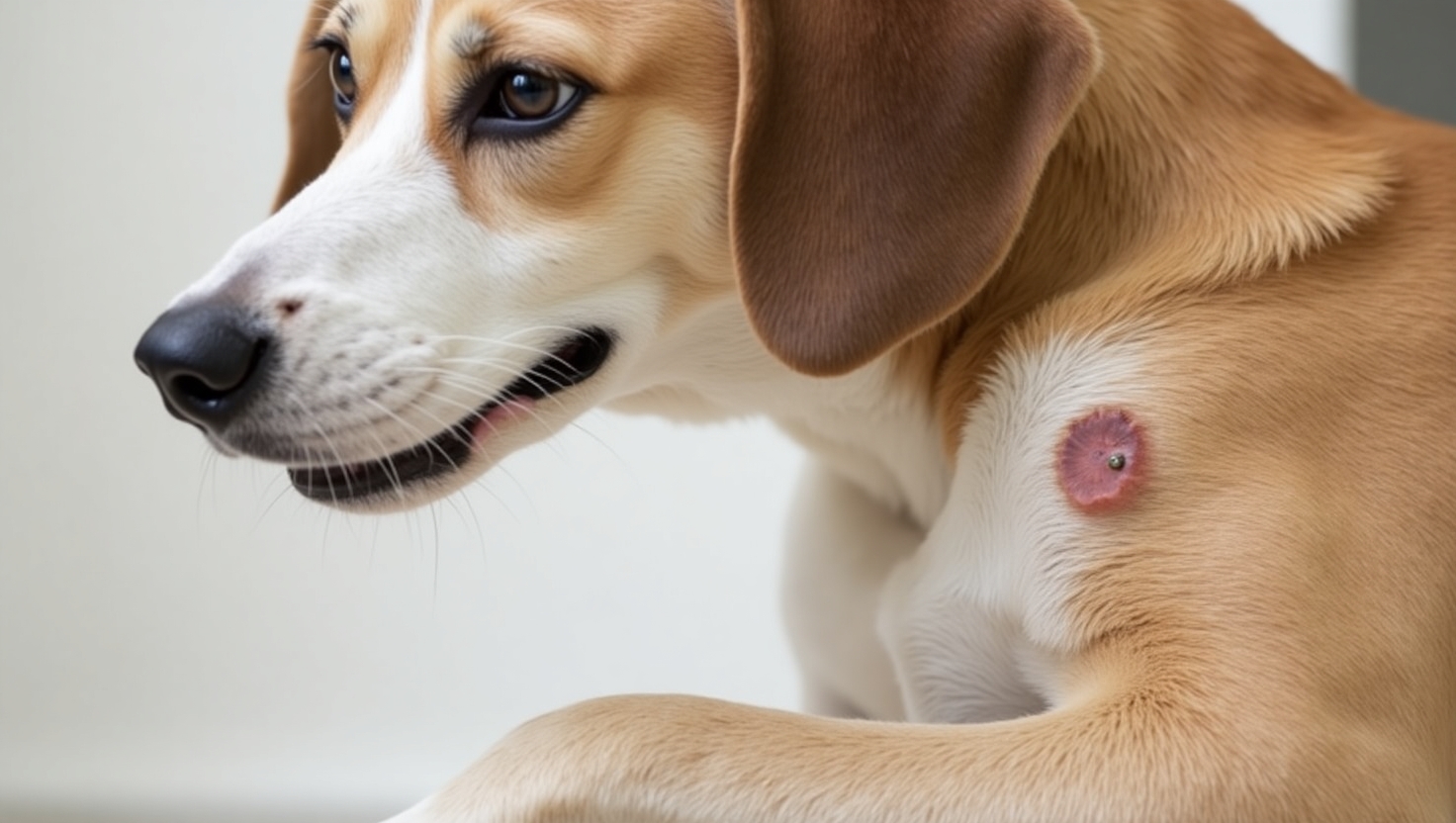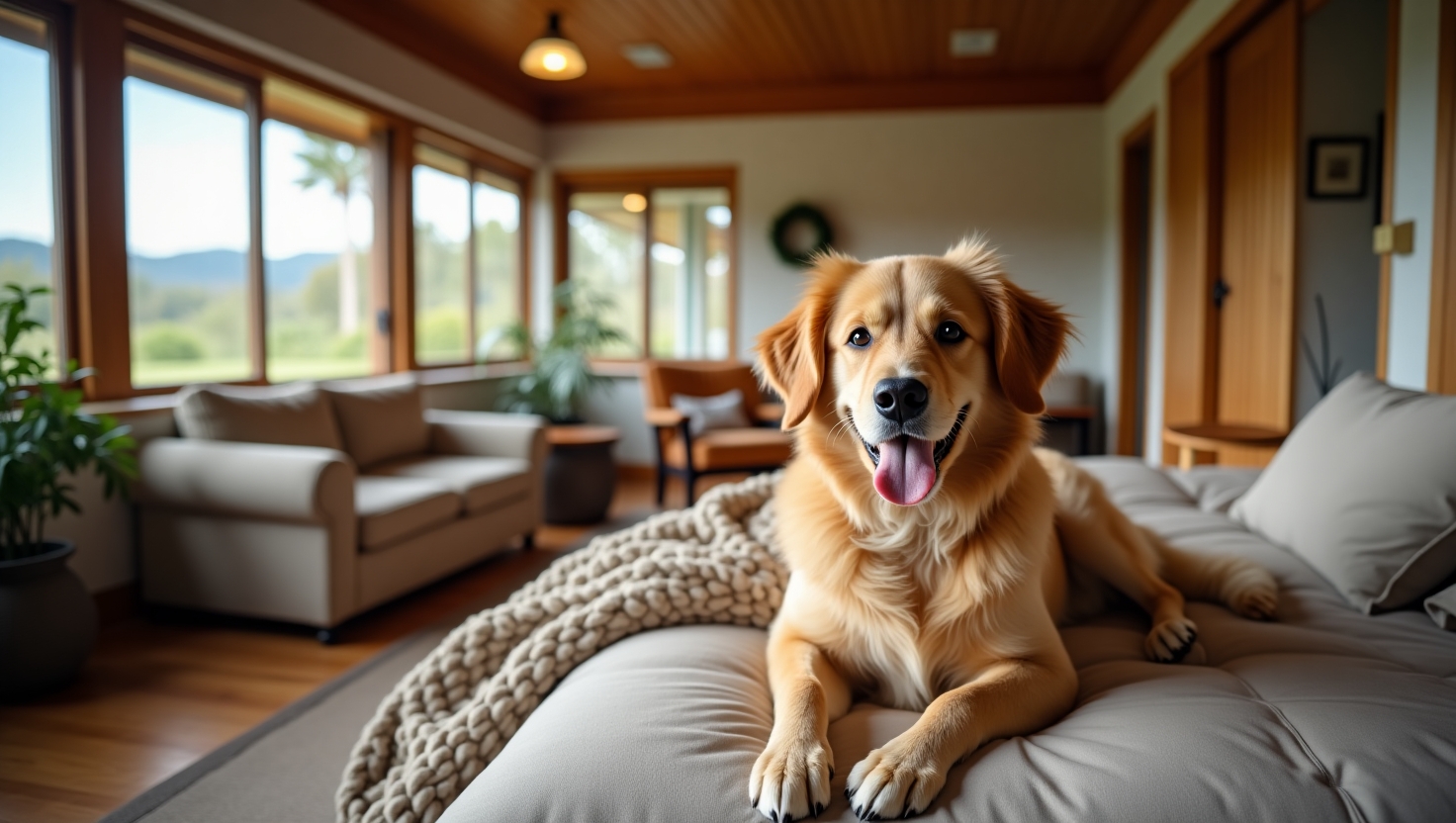Introduction:
Picking up your new puppy from the shelter is sheer bliss wagging tails, wobbly paws, and constant cuddles. But with all the adorableness comes one very significant job: how to toilet train a puppy. Whether you live in busy Sydney, easy-going Brisbane, or a small Aussie town, a properly trained puppy means less mess, happier home, and greater bond between you and your fur sibling.
In this guide, we’ll take you step by step through everything you need to know about how to toilet train a puppy in Australia from getting to know your pup’s needs to overcoming setbacks.
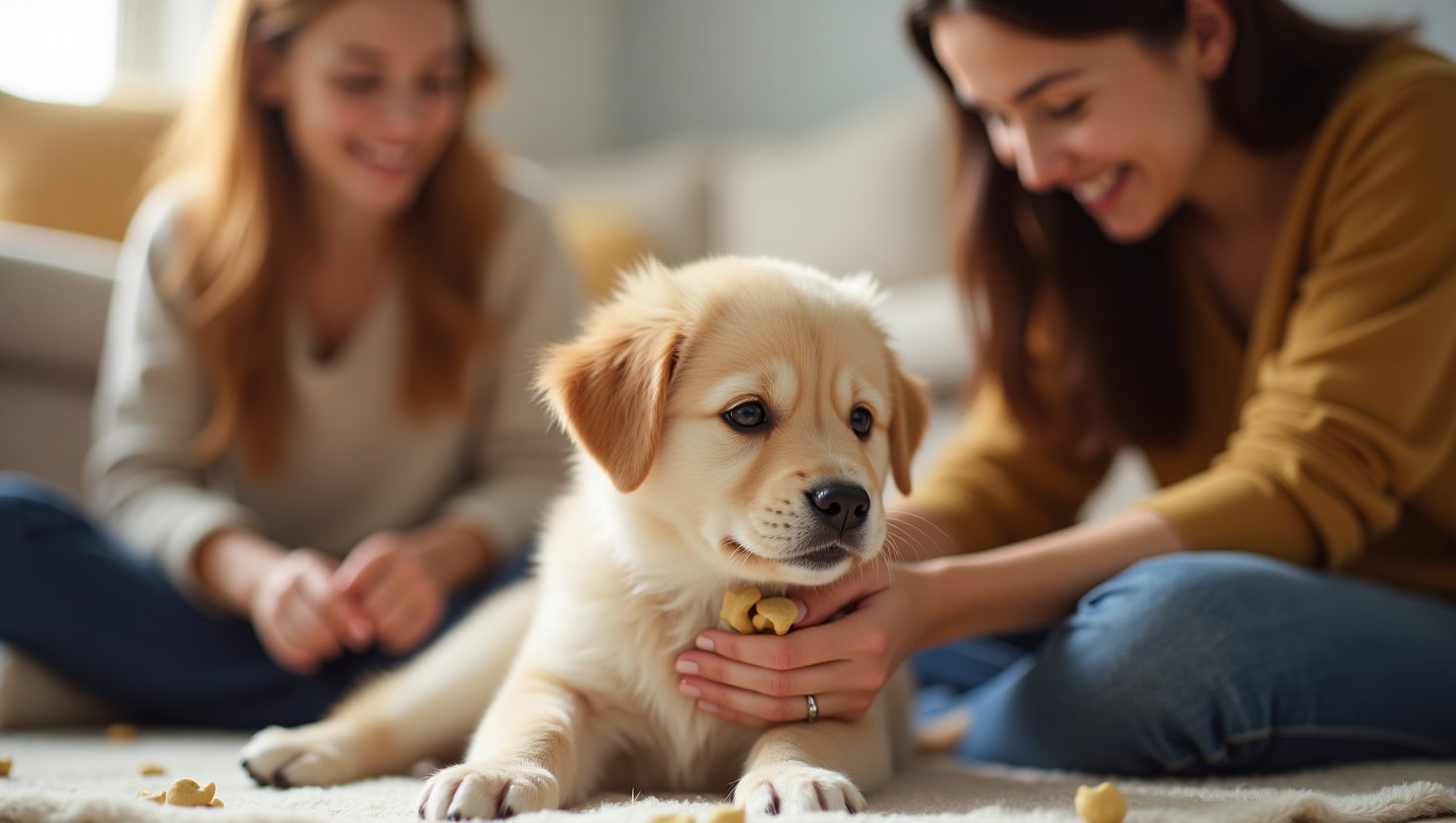
Why Toilet Training is Important
Toilet training is more than simply dodging puddles on the carpet. It’s about:
- Establishing good habits early on
- Avoiding indoor accidents
- Developing a routine your puppy can count on
- Building your trust and relationship
In Australia, with our passion for having our dogs indoors and out, toilet training also means your pup will be able to accompany you in more areas of the house without concern.
When to Start Toilet Training a Puppy
The best time to begin “how to toilet train a puppy” is when you are bringing your puppy home, which in most cases is around 8–12 weeks old. Puppies at this age are mature enough to learn routines but young enough to establish good habits in a short period of time. Beginning early training prevents unwanted behaviours from hardening.
If your puppy is older, don’t worry because it’s never too late to begin. Older dogs will take a bit longer if they have established habits somewhere else, but with patience, consistency, and reward-based training, they can learn just as well. The trick is to establish a training schedule, observe signs that they need to go, and consistently reward success.
Beginning early not only simplifies training but also tightens the bond between you and your puppy, making them feel safe and self-assured in their new surroundings.
How Long Does Toilet Training Take?
Most puppies in Australia learn the fundamentals of toilet training in 4–6 months, although this is not a universal law. Each dog learns differently. Breeds, age, and health factor big time for instance, older puppies or ones with previous training history tend to settle more quickly. Small breeds take longer because they have smaller bladders, necessitating more frequent breaks. Consistency in your routine, positive reinforcement, and patience are the most important. Skipping steps, punishing errors, or being inconsistent will set back progress. Remember toilet training isn’t solely about learning where to go; it’s also about establishing trust and communication with your puppy.
Step-by-Step Guide: How to Toilet Train a Puppy
1. Select a Toilet Spot
Pick one specific toilet area whether that is your back lawn, a balcony potty pad, or an artificial grass patch.
Puppies learn more quickly when they learn to always do their toileting at one location. Having several locations will confuse them and make progress more difficult. After a while, the scent and ambiance in that area will naturally remind your puppy that it’s “toilet time.”
2. Establish a Toilet Training Schedule
Consistency is the secret ingredient. Puppies tend to need to go:
- First thing in the morning
- After eating
- After naps
- After play
- Before bedtime
Young puppies (under 4 months) may also need a night-time toilet break since their bladders are still developing. A predictable schedule helps your pup’s body adjust, reducing accidents and making the routine easier for both of you.
3. Use Positive Reinforcement
The moment your puppy toilets in the right spot, reward them immediately. Use treats, an enthusiastic “Good dog!”, or gentle pats.
Puppies exist in the here and now, so if you wait too long to reward, they won’t associate the treat with the act. Positive reinforcement encourages them to do it again because they know it leads to good things.
4. Watch Over Indoors
Have your puppy in sight at all times when they are indoors. If you can’t actually monitor them, use a crate or playpen to restrict mistakes.
Dogs instinctively keep their sleeping areas clean, and therefore crate training can actually hasten toilet training. Just ensure the crate is cozy, not used as punishment, and of a suitable size large enough for them to stand, turn, and lie down in comfort.
5. Recognise the Signs
Watch out for your puppy’s pre-toileting behavior. Typical signs are:
- Sniffing the floor
- Circling around
- Whining
- Going to a corner or door
As soon as you notice these signals, take them to their toilet area at once. Quick action avoids mishaps and enforces the notion of using the specific area.
6. Clean Up Accidents Carefully
If your puppy has an accident in the house, clean the area with an enzymatic cleaner. Regular cleaners may not be able to eliminate the smell completely, and dogs have a good sense of smell; they may go back to the same place if they can still smell it.
Deep cleaning not only makes your house smell fresh but also stops the repeated accidents at the same place.
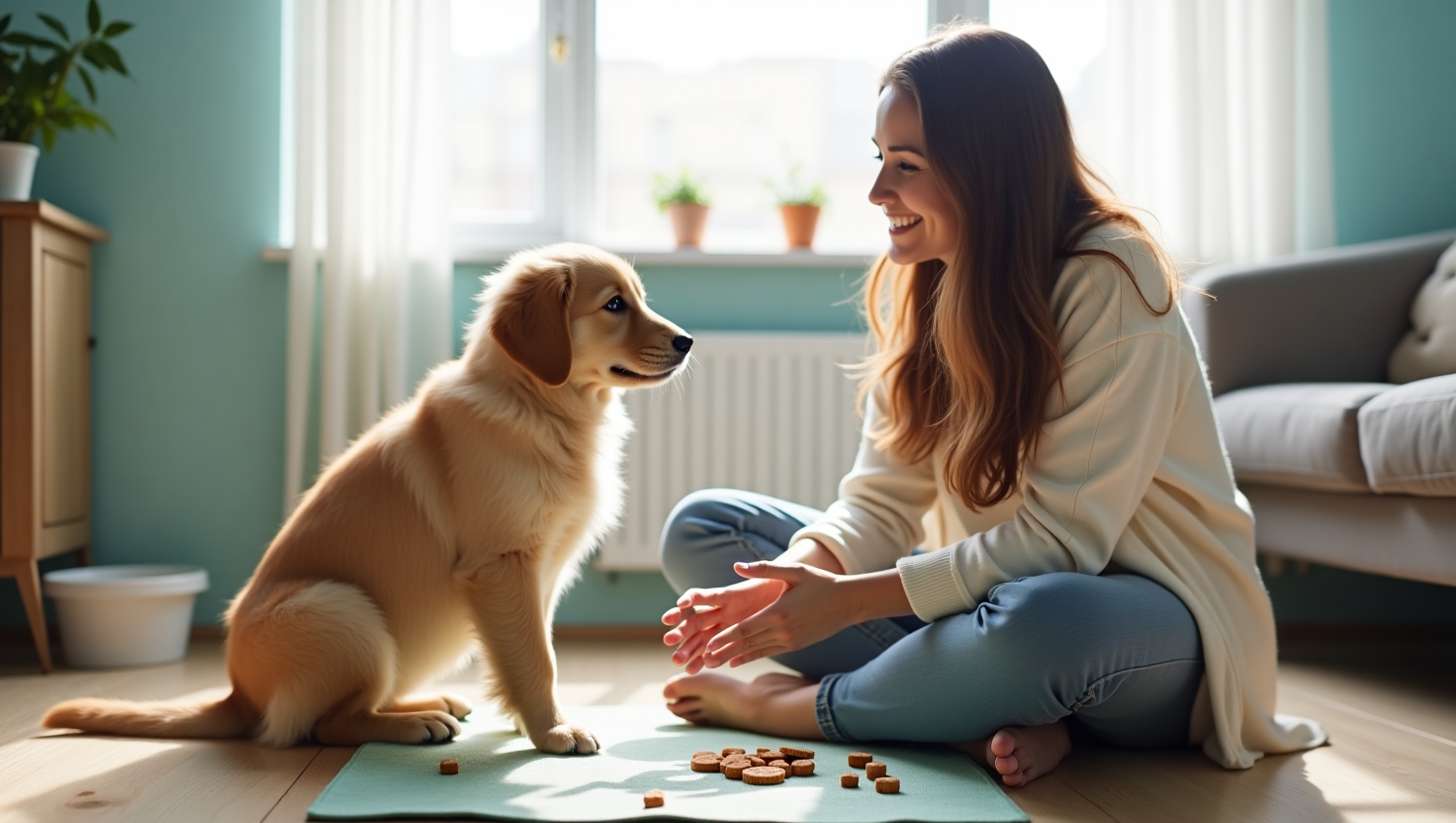
Mistakes to be Avoided (Explained)
Durining tolitranining
Punishing your puppy
Scolding, yelling, or nose-rubbing your puppy after an accident does not teach them what to do, it just makes them afraid of you or the act of toileting. Fear can actually cause more accidents because stressed puppies will hide and toilet secretly. Instead, concentrate on showing them to the right spot and rewarding success.
Being inconsistent
Missing out on regular toilet breaks or occasionally letting your puppy inside causes confusion. Puppies are best taught using repetition. If the routine is inconsistent, they won’t know where or when they should go. Timing, location, and response consistency are the keys to successful training.
Not rewarding in time
Dogs are living in the present moment. If you wait too long to give treats or praise, they may not associate the reward with toileting in the appropriate location. The timing is best when immediate and ideally within two seconds of them completing. This immediate association assists in reinforcing the proper behavior and accelerates the learning process.
(How long does it take to ) Toilet Training in Apartments
For many Aussie pet owners living in cities like Sydney, Melbourne, or Brisbane, a backyard isn’t always an option. This doesn’t mean toilet training is impossible you just need to adapt your approach. Indoor toilet facilities such as puppy pads, artificial turf mats, or balcony potty stations can be lifesavers. Place them in a consistent, easy-to-reach location and encourage your pup to use them after meals, naps, and play sessions.
If you have a balcony, ensure it’s safe and secure, with no gaps where your puppy could squeeze through. Over time, once your lifestyle or living situation allows, you can slowly transition your puppy to outdoor toileting by moving the pad closer to the door, then eventually outside. This gradual shift helps avoid confusion and makes the transition smoother.
Night-Time Toilet Training
Young puppies have very small bladders and simply can’t hold it all night, especially in the first few months. Expect at least one middle-of-the-night toilet break for puppies under 12 weeks. The easiest way to handle this is to set an alarm for the middle of the night, gently wake your puppy, and take them to their toilet spot. Keep the process calm and quiet and avoid turning it into playtime. Over time, as their bladder control improves (usually around 4–6 months), they’ll start sleeping through the night without needing a break.
Dealing with Setbacks
Even with consistent training, accidents will happen especially if your puppy’s routine changes, you’ve been away longer than expected, or they’re feeling stressed. This is completely normal and not a sign of failure. When a setback occurs:
- Stay calm and avoid scolding your puppy.
- Clean the area thoroughly with an enzymatic cleaner to remove the smell and prevent repeat accidents.
- Go back to basics for a few days more toilet breaks, extra supervision, and frequent rewards for success.
Remember, toilet training is a learning process, and mistakes are part of the journey.
Training Older or Rescue Dogs
Older dogs and rescues can absolutely be toilet trained but the process may take a little longer if they have established habits. Use the same basic approach: a consistent routine, clear toilet cues, and lots of praise and treats when they get it right. Watch for subtle signs they need to go, such as sniffing, circling, or heading towards the door. Rescue dogs might have anxiety or trauma from past environments, so patience and gentle encouragement are especially important. Celebrate small wins and keep expectations realistic.
Australian Considerations for Toilet Training
- Weather: In Australia’s hot summer months, puppies often drink more water, meaning more frequent toilet breaks are needed. In winter, some puppies may be reluctant to go outside in cold or wet weather, so you may need to use sheltered outdoor spots or indoor pads.
- Pest Prevention: Fleas and ticks are common in many regions, especially in Queensland, New South Wales, and coastal areas. If your puppy toilets outdoors, regularly check the area for pests and keep grass short to reduce risk.
- Outdoor Safety: If you have a backyard, make sure it’s fully secure before allowing your puppy outside unsupervised. Small gaps in fences, loose panels, or toxic plants can pose serious risks. Always supervise until you’re certain the space is safe.
Final Thoughts
Toilet training a puppy requires patience, consistency, and plenty of praise. After just a few months, you can convert chaotic accidents into neat and tidy routines making life easier for you and your furry companion.
With proper strategies, your dog will be toileting like a pro in no time regardless of whether you live in the suburbs of Melbourne, Queensland’s beaches, or anywhere else in Australia.
Check this: Australian Pet Owners in 2025: Complete Guide to Flea Care for Dogs
Frequently Asked Questions
- how to toilet train a puppy a puppy?
It usually takes most puppies in Australia 4–6 months, but it depends on breed, age, health, and consistency. Small breeds could take a bit longer due to their small bladders. Be patient and stick to a routine and the process will be quicker.
- Can I toilet train my puppy indoors?
Yes, particularly if you reside in an apartment or have minimal outdoor access. Balcony potty stations, artificial grass mats, or puppy pads are effective options. Simply be sure to gradually introduce them outdoors if that’s your ultimate objective.
- What is the optimum age to initiate toilet training?
You can begin as soon as you take your puppy home, typically when they are 8–12 weeks of age. That’s when they are old enough to learn but young enough to establish habits quickly. If your puppy is older, don’t panic, it’s never too late to begin with patience and consistency.
- How do I prevent my puppy from having accidents during the night?
Restrict water around an hour before bedtime, remove them just before you go to bed, and once in the morning. Young puppies will still require a midnight toilet break, so have an alarm set for the initial few weeks.
- Do I punish if my puppy has an accident?
No. Punishment will only make them scared and may hinder learning. Rather, quietly clean up the spill with an enzyme cleaner and double-check to keep it from being repeated.
- What is the fastest way to potty train a puppy?
The quickest results will be achieved with regular schedules, supervision, and instantaneous reward when they urinate in the correct location. The more you catch them doing things correctly, the faster they’ll learn.
- My puppy continues to go to the same place indoors. How do I make it stop?
Thoroughly clean the area using an enzymatic cleaner to completely eliminate all scents. Dogs will return to places where they detect urinescent, therefore eliminating the smell is critical.
- Do various breeds toilet train at varying rates?
Yes. Smaller breeds often need more frequent toilet breaks and may take a little longer to master training. Larger breeds usually have better bladder control, but it still depends on the individual dog and your training approach.

